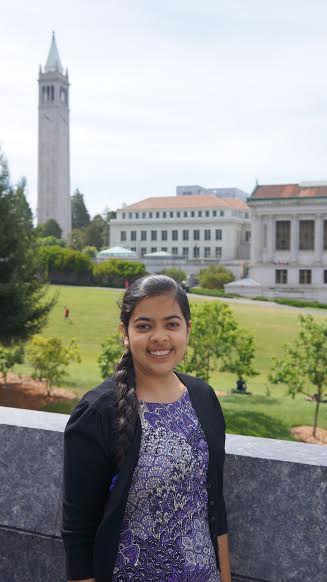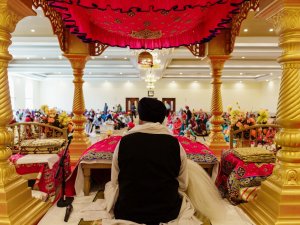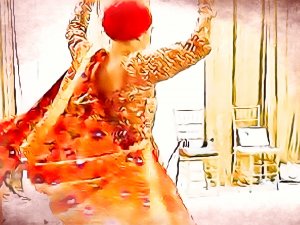
Sometimes as a member of the Sikh diaspora here in America, I feel that I’m walking a fine line. I’m Punjabi, but I’m not. I’m American, but I’m not. Add Sikh on top of that and I feel like I don’t fit into any single category anymore. No one term seems to define me. I fit in no one group completely. Growing up as a minority in almost every way, almost felt abnormal. I had had identity issues for quite a while, but when I left for college, I found how to reconcile.
At UC Berkeley, I took an Asian American Studies course freshman year and I realized I was also labeled as a South Asian American. The labels went from one word (Indian, Punjabi, Sikh) to a mouthful (I am a Punjabi-Sikh-American-Persian poetry enthusiast) in just one semester. Every time I learned something new about the community, or myself, more labels would be added to my list. I couldn’t identify myself as Punjabi: my family wasn’t the loud drinking type, but we were from Punjab alright. I could say Sikh, but I was leaving out the geographic and cultural background that was a vital part of my upbringing. As I struggled to understand how these Californians had even heard the word Punjabi, I kept acquiring more and more labels and kept getting more confused as to what I really was. Which one group do I really belong to? I became a Psychology major, and unintentionally began taking more and more courses pertaining to racism and stereotypes. Then slowly, I branched out and took courses on identity. It was during one of these courses, that I realized that I had unconsciously nested my identities within each other. I realized what it meant to be American and I realized that that was what I was. The pilgrims had come to America so they could practice their beliefs as they wished. Because I am American, I can be Punjabi and I can be Sikh. I can be whatever I want to be, because I was American. Being American allowed me to practice whatever I believed. I felt somewhat satisfied.
I became a Psychology major, and unintentionally began taking more and more courses pertaining to racism and stereotypes. Then slowly, I branched out and took courses on identity. It was during one of these courses, that I realized that I had unconsciously nested my identities within each other. I realized what it meant to be American and I realized that that was what I was. The pilgrims had come to America so they could practice their beliefs as they wished. Because I am American, I can be Punjabi and I can be Sikh. I can be whatever I want to be, because I was American. Being American allowed me to practice whatever I believed. I felt somewhat satisfied.
Then one day, my roommate and I had a nerdy conversation on the topic. As a half-Syrian-half-Caucasian-American-Muslim-female, she could relate. I explained my revelation about nesting identities, and the question emerged: was it really necessary to label? I realized I had been labeling myself based on stereotypes. I had viewed myself as those color shades used in kindergarten to show blue+yellow = green. I had believed that I was a unique mix of those colors because all my labels overlapped resulted in a unique color mix that could only be me. I had successfully distinguished myself from the crowd by being a color named Harkiran, but was that all there is to it? It couldn’t be that simple.
Our conversation resulted in a very unexpected answer: labels weren’t necessary. It was in the removal of those labels that we learn who we really are. It was the removal of those labels that united us and distinguished us. Labels are limiting. When the Gurus preached for equality, it was this point that they wanted us to understand. The concept of Singh or Kaur, the concept of the turban: it distinguished us by making us all ‘alike’ and unique at the same time: a profound concept. Often we compete to outdo the other in wealth or makeup or cars. We have a reputation for competition. The struggle to distinguish is real. But is it necessary?






